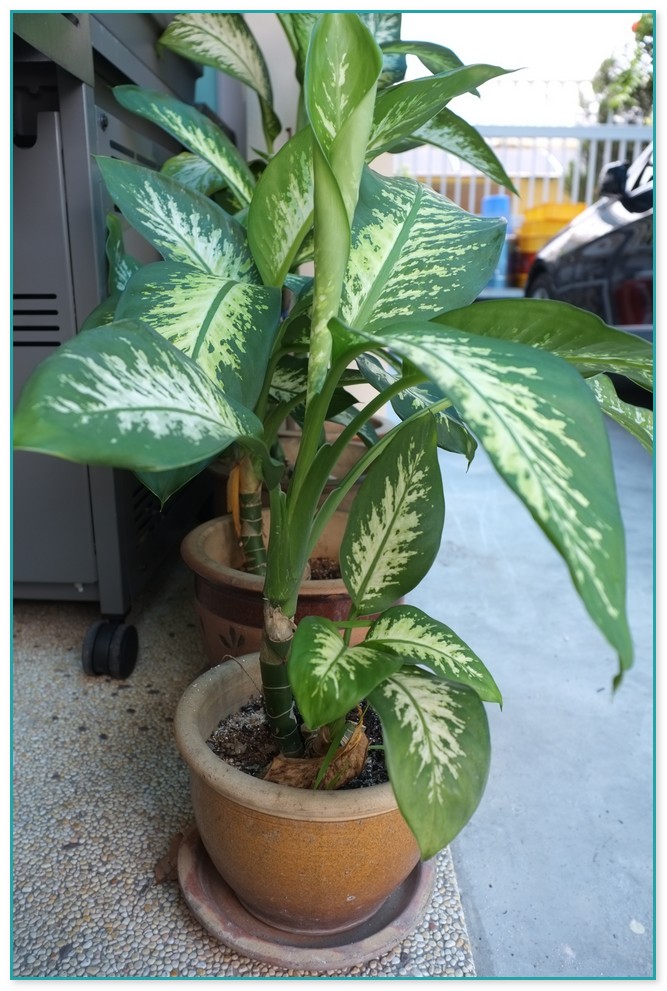Table Of Content

Begonia will need to be placed by a window and be watered weekly to stay healthy. Sometimes called the Bamboo Palm because of its bamboo-like stems, this palm tolerates low light quite well and isn't toxic to pets. Just put this South American native in a warmer room with indirect light and let its lush, droopy fronds bring a touch of the tropics to your home.
of the Most Popular Houseplants to Pick Up ASAP
These plants thrive in bright light, so make sure you place them near an east or west-facing window. If you can’t provide them with enough light, they will probably grow slower and produce smaller, less intense-colored foliage. They require watering once every three weeks or when the half-top layer of soil has dried out. With leafless stems that look like literal corkscrews, this unusual houseplant (aka Juncus effusus 'Spiralis') loves moist soil and indirect light.
Philodendron Green
For indoor cultivation, provide bright indirect light and maintain a cool temperature. Occasional misting will also help maintain the humidity that this plant loves. During their growing season, a sunny place will encourage these plants to bloom sporadically. It’s best to water them regularly during the summer, but you should reduce watering in early winter. Keep in mind that the soil must be dry to the touch in-between waterings. For optimal growth, plant your Kalanchoe in ordinary potting soil and feed it with liquid fertilizer twice a week in the summer.
10 House Plants That Clean the Air - Today's Parent
10 House Plants That Clean the Air.
Posted: Thu, 29 Feb 2024 08:00:00 GMT [source]
BEST INDOOR PLANTS FOR MEDIUM LIGHT

If you're looking to start a houseplant collection and haven't developed your green thumb yet, some plants are better than others. Houseplants for beginners are easy to grow and can generally withstand erratic watering, uneven or bad light, and fluctuating temperatures. They can thrive in dorm rooms, offices, and sometimes even dismal corners.
Common Houseplants Anyone Can Grow

Pilea plants are very easy to grow, making them an excellent choice for any type of gardener. They spread all over the world fast because they are very easy to propagate. This means that you can easily grow more of these beauties and share them with friends.
What are the mental health benefits of caring for a houseplant?
The parlor palm is an ideal bedroom companion because it prefers indirect light and can grow with average home humidity (though it grows best with high humidity). When watering, let the soil get barely dry to the touch, then water thoroughly. Popular since the Victorian era, parlor palm (Chamaedorea elegans) is a slow-growing Mexican native and is one of the best low-light indoor houseplants. Parlor palm only needs to be watered when the soil feels dry to the touch, but it does help to mist the plants occasionally during the winter.
How to Shop for a Houseplant
Staghorn fern (Platycerium bifurcatum) gets its name from its antler-like foliage and brings a touch of the tropics to indoor environments. Instead, it is usually mounted on a board and hung on the wall. Treat it like an air plant and mist it daily or soak it in water once a week. Perfect for a hanging basket or urn, the trailing foliage of English ivy (Hedera helix) is an excellent choice to lush up a dull room. English ivy is a low-light indoor plant that comes in a wide variety of leaf colors and shapes.
How to Add an Exotic Palm Tree to Your Yard – And an Expert's Pick of the Best Ones for Small Spaces
Watching them grow can be soothing, promote peaceful feelings, and provide a meditative experience, Rothenberg adds. The beauty of plants and the act of caring for them can be truly healing. “Looking at something aesthetically pleasing can boost neurotransmitters like dopamine and serotonin,” Cates explains.
Marble Queen Pothos
A vining plant that can grow up to 20 feet long indoors, the pothos is also super forgiving and responsive. A 2022 study published in Applied Sciences showed that Boston ferns performed best when it comes to air cleaning by naturally VOCs from the air. The plants grow easily and look the best indoors in hanging baskets or on plant stands, which allow their fronds to drape. They need medium bright light and consistently moist soil, so they might require a bit more of your time. Unlike the other houseplants on this list, air plants are epiphytes, which means they don't need soil to survive! Air plants look great in hanging macrame planters, glass capsules, and terrariums for a modern look.
The freeing (and frustrating) part about owning plants is that you probably should not water them on a specific schedule. Plants are living things that interact with an always-changing environment. Depending on a number of factors like light and season, sometimes they’ll require more water, sometimes less. This basically lets your plant tell you when it’s thirsty year round. When a peace lily is happy, in medium to bright areas of your home, it’ll produce beautiful white flowers.
Hoya comes in flat-leaved or crinkled-leaved forms and occasionally produces highly fragrant white flower clusters. Flat-leaved Hoya also comes in solid green or variegated cream-and-green leaves. You can train a Hoya up a trellis or totem or allow it to trail over the edge of a pot or urn. Although these plants are tolerant of mostly everything, they will thrive in bright, but indirect sunlight. Spider plants need a fast-draining potting soil, regular watering, and occasionally misting to maintain the ideal levels of moisture until winter. During the summer, they will benefit from weekly feeding with liquid fertilizer or pellets.
Here are 28 low-light indoor plants that will do well, even if your windows don't provide bright light. Houseplants instantly add color and texture to any space — whether they’re used to decorate your bedroom, spruce up an office or add some pizzazz to a bookshelf. It’s no secret that being surrounded by greenery does wonders for our physical and mental health. Certain greens have been found to not only purify the air, but provide allergy relief, improve sleep quality and reduce stress levels.
The best environment is in bright, indirect sunlight with a weekly watering. And finally, the Ficus Audrey is a beginner-friendly tree that can grow to make quite a statement. Since its leaves are naturally fuzzy, you'll want to wipe them down with water every few weeks to keep dust from settling and getting in the way of photosynthesis. Besides that, here's what to know about keeping this statement plant happy. Another succulent variety, the versatile aloe vera is easier to keep at home than you might think. Just put it in a spot that gets plenty of sun throughout the day and water it sparingly (like, once a week max—any more and your aloe might develop droopy, mushy-looking leaves).
Forest cacti, on the other hand, will enjoy less sunlight, watering as for a normal houseplant, but not in excess, and warm temperatures during the growing season. But keep in mind that all cacti should be planted in a well-draining cacti soil mix. They are adorable, affordable, and very easy to find on the market.
If you travel a lot, ponytail palm is ideal because the plant stores excess water in its thick base, so it can go for several weeks without being watered. Ponytail palms are sold in various heights, from tabletop to tree-size. Columnea develops tubular yellow or orange blooms that give these jungle natives their common name, goldfish plant.

No comments:
Post a Comment